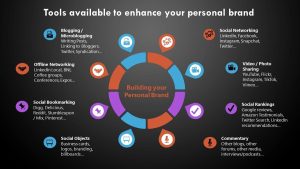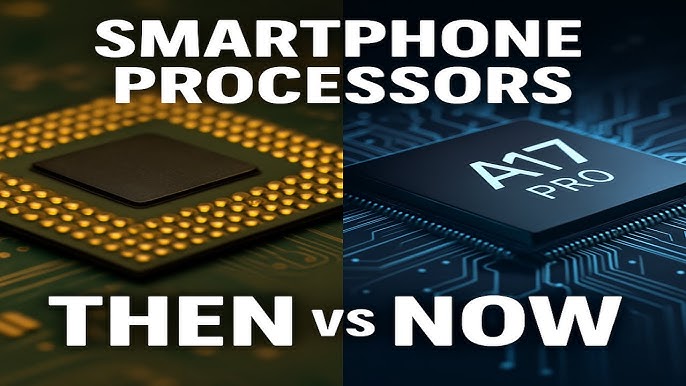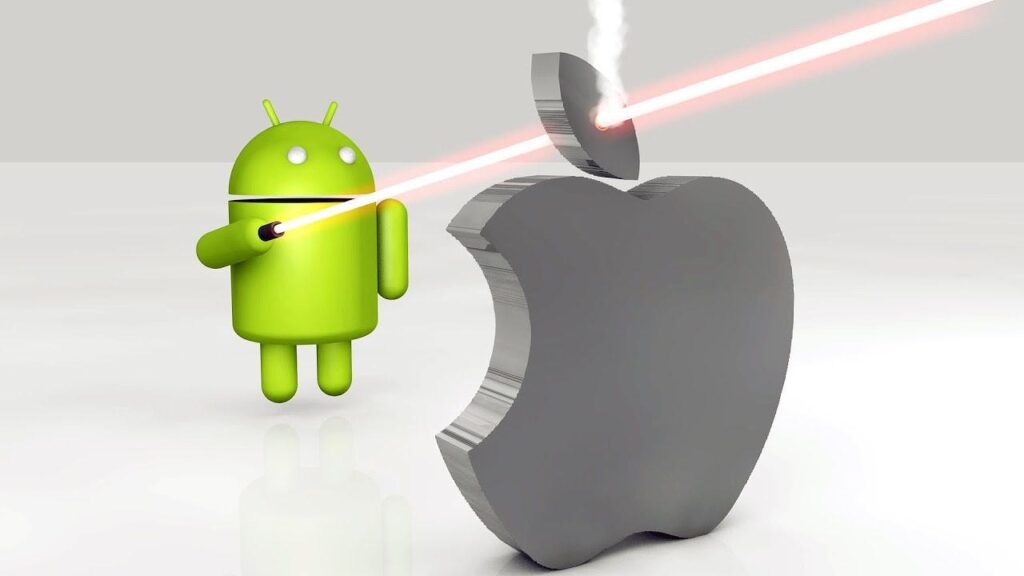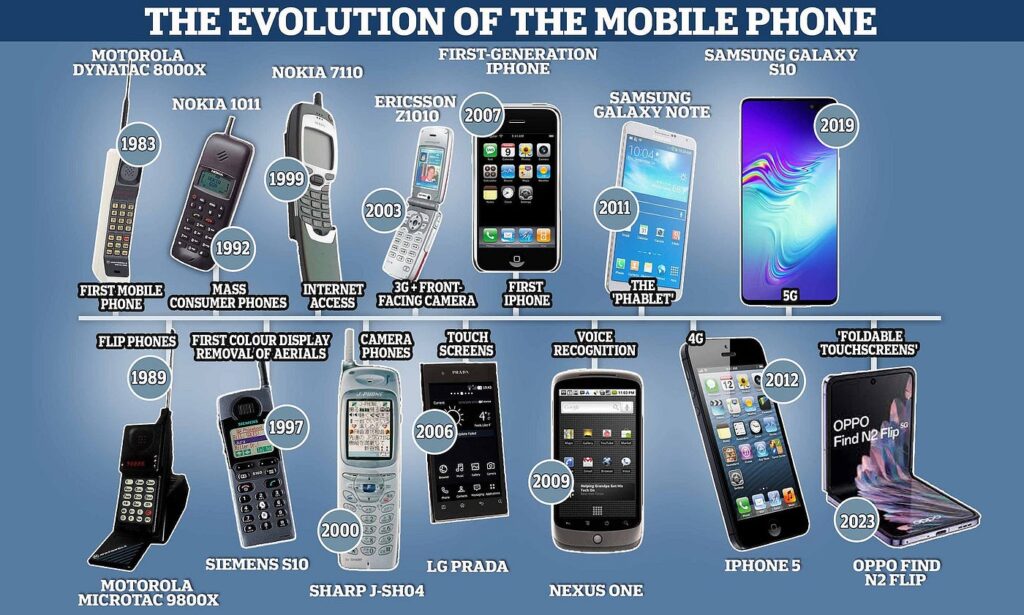In 2025, building a personal brand is no longer limited to entrepreneurs or celebrities — anyone can become a recognized authority in their niche using technology tools. Whether you’re a freelancer, content creator, professional, or student, leveraging digital platforms can help you showcase your expertise, grow your audience, and create opportunities.
This guide will show you step-by-step how to build a strong personal brand using modern technology tools.

1. Define Your Personal Brand
Before using any tools, clarify who you are and what you stand for:
-
Identify your niche: Tech, lifestyle, finance, AI, social media, education, etc.
-
Define your unique value: What makes you different from others in your field?
-
Set goals: Are you aiming for speaking opportunities, clients, partnerships, or monetization?
A clear personal brand makes it easier to select the right platforms and tools.
2. Create a Professional Online Presence
Your online presence is your digital identity. Key platforms include:
Website / Blog
-
Use platforms like WordPress, Wix, or Squarespace.
-
Showcase your portfolio, achievements, and contact info.
-
Optimize for SEO to appear in search results.
Social Media
-
LinkedIn for networking and professional credibility.
-
Instagram for visual storytelling and personal engagement.
-
X / Twitter for thought leadership and real-time updates.
-
YouTube for tutorials, insights, and engaging video content.
Consistency across platforms builds recognition and trust.
3. Use Content Creation Tools
High-quality content is the backbone of a strong personal brand. Tools to consider:
-
Canva / Figma: Design graphics, social media posts, presentations.
-
OBS Studio / Streamlabs: Record or live-stream content.
-
Descript / Audacity: Edit audio and podcasts.
-
ChatGPT / Jasper AI: Generate ideas, captions, or blog drafts.
Pro Tip: Focus on creating value-driven content that solves problems or educates your audience.
4. Leverage Personal Branding Apps
Technology makes personal branding more efficient:
-
Hootsuite / Buffer / Later: Schedule posts across multiple social media accounts.
-
Notion / Trello: Plan content calendars and track your brand growth.
-
Grammarly / Hemingway: Ensure your written content is polished and professional.
-
Google Analytics: Track website traffic and audience engagement.
These tools help you stay organized, consistent, and measurable.
5. Networking and Collaboration Tools
Building a personal brand is not just about broadcasting — it’s about relationships.
-
LinkedIn: Connect with industry peers, engage in discussions, and showcase achievements.
-
Zoom / Google Meet / Microsoft Teams: Host webinars, workshops, or interviews.
-
Clubhouse / Twitter Spaces: Engage in live discussions with audiences in your niche.
Collaboration expands your reach and strengthens your authority.
6. Personal Branding Through SEO
Search engine visibility is critical:
-
Use keywords related to your niche in blog posts, LinkedIn articles, and YouTube video descriptions.
-
Optimize your website title, headings, meta descriptions, and URLs.
-
Use tools like Ahrefs, SEMrush, or Ubersuggest to find trending topics.
Ranking higher in search results makes your brand discoverable to a larger audience.
7. Build Authority Through Consistency
-
Post regularly on your chosen platforms.
-
Share knowledge, case studies, or personal experiences.
-
Respond to comments, emails, and DMs to build trust.
-
Repurpose content: turn a blog into a video, or a YouTube tutorial into a LinkedIn post.
Consistency establishes credibility and ensures your audience recognizes and remembers you.
8. Use Analytics to Refine Your Brand
Data-driven insights help you grow faster:
-
YouTube Analytics / Instagram Insights / LinkedIn Analytics: See what content resonates with your audience.
-
Track engagement, reach, and follower growth.
-
Adjust your content strategy based on performance metrics.
9. Protect Your Brand Online
-
Secure your social media accounts with strong passwords and 2FA.
-
Monitor mentions of your name or brand with tools like Google Alerts.
-
Be mindful of privacy settings and professional boundaries.
A well-protected personal brand maintains credibility and trust.
10. Monetize Your Personal Brand
Once your brand gains traction, you can monetize it:
-
Freelancing / Consulting: Offer services based on your expertise.
-
Sponsorships & Partnerships: Collaborate with brands relevant to your niche.
-
Online Courses & Workshops: Teach skills you’re known for.
-
Affiliate Marketing: Recommend products and earn commissions.
Monetization should align with your brand values and audience needs.
Final Thoughts
In 2025, building a personal brand is impossible without technology. From websites and social media to AI tools, content creation apps, and analytics platforms, the right tech stack allows you to showcase your expertise, grow your audience, and create opportunities.
The key is clarity, consistency, and adding value. Focus on sharing your knowledge, solving problems for your audience, and building authentic relationships — the tools will amplify your brand’s impact.
With the right strategy, you can transform your digital presence into a powerful personal brand that opens doors to career growth, partnerships, and recognition.


